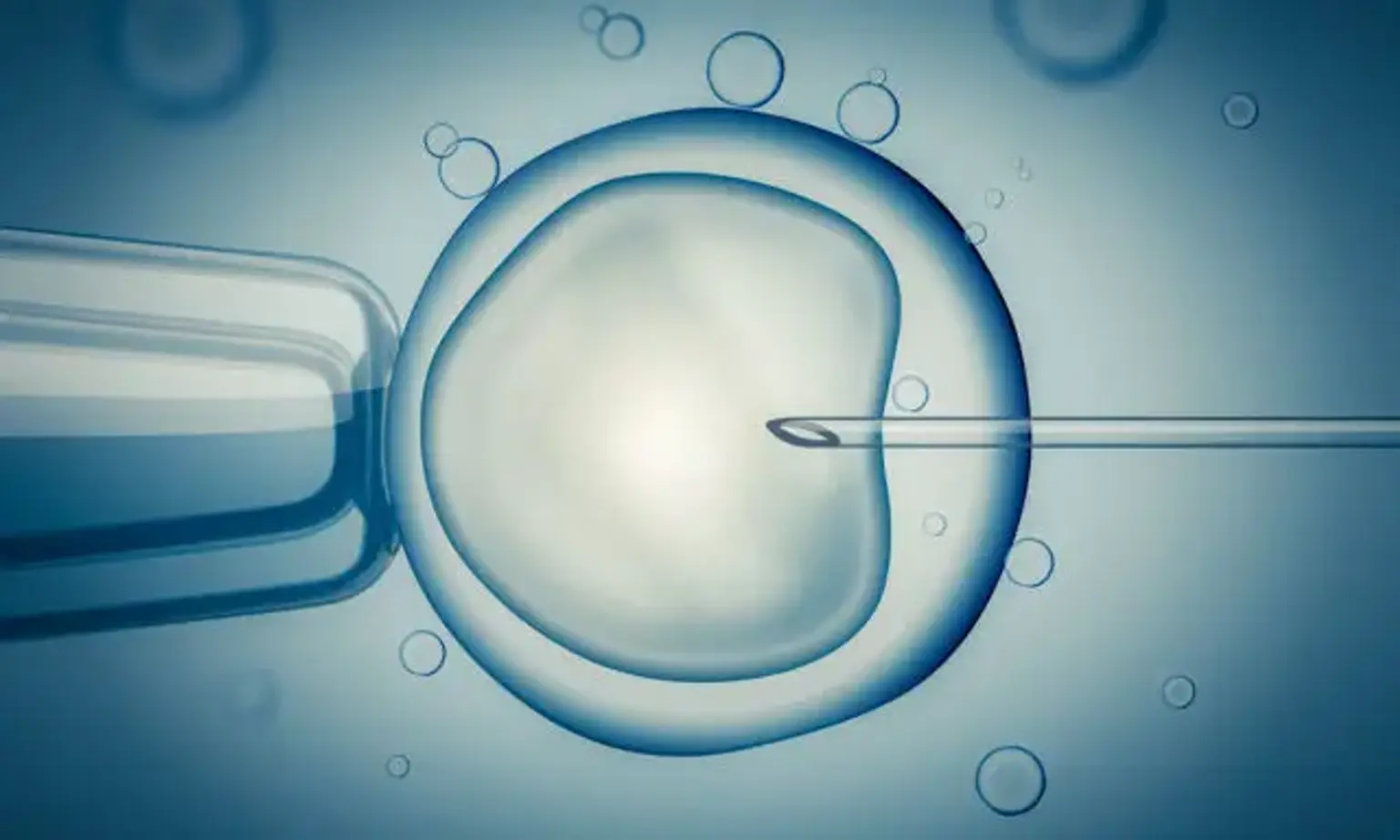In-Vitro Fertilization (IVF)
Fertilization is described as the union of spermatozoa with the oocyte, also known as the egg, in order to reestablish the diploid state, generate a zygote through the process of egg activation, and initiate a series of mitotic divisions that culminate in cell differentiation and embryo development.
In vitro fertilization (IVF) is the most prevalent type of assisted reproductive technology and is used to treat people who are having problems conceiving. Because oocytes mature in the ovary and embryos grow into pregnancy in the uterus, the phrase "in vitro" refers to outside of a living creature, although the oocytes are fertilized in a petri dish.
